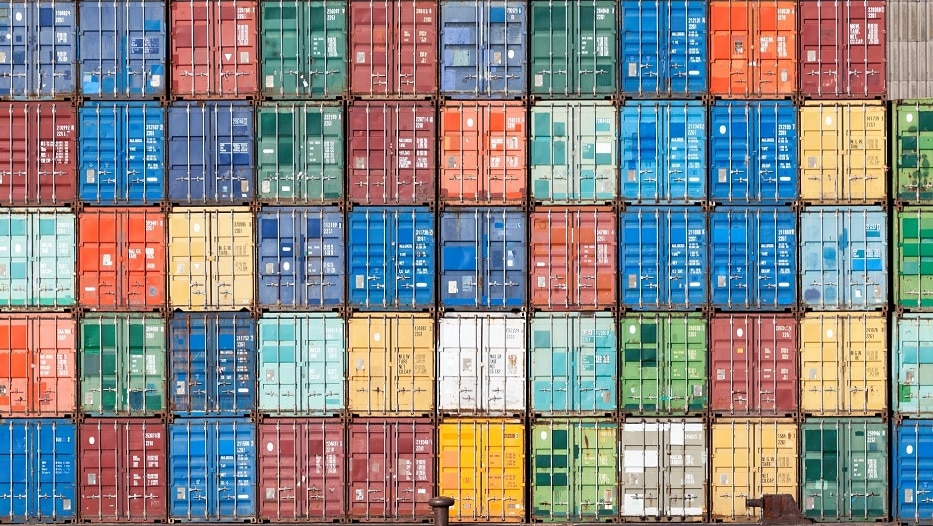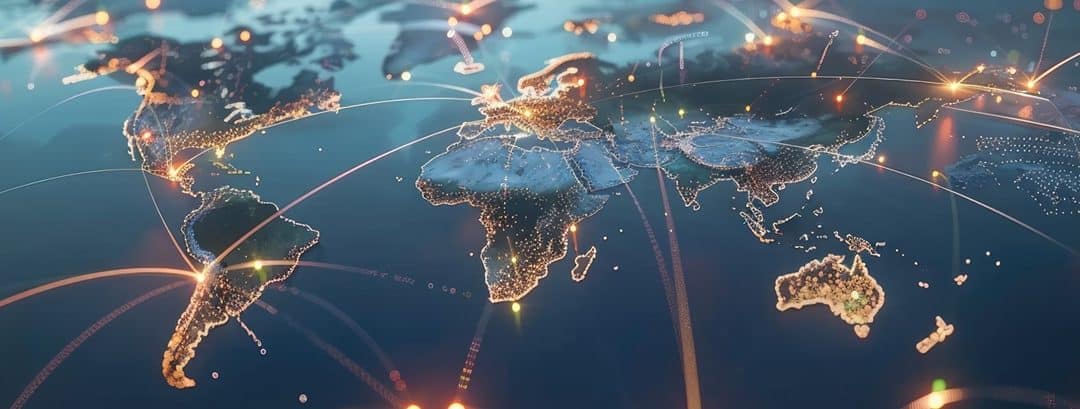José Manuel Castillo, Head of Global Marine at MAPFRE Global Risks, anlyses the effect of the supply chain crisis in the insurance policies.
The interruptions and reduction in global production produced by the COVID Crisis, combined with strong increases in demand as a result of economic recovery movements, have caused a crisis in supplies, which is not only due to the lack thereof, but also to the lack of means to transport them to where they are needed. This extraordinary circumstance has stressed the entire transport chain. Thus, the increase in the demand for goods increases their production in producing countries, although, unfortunately, there are not enough vessels in the market that can meet this extraordinary demand for transport. Additionally, due to the characteristics of naval construction, it is unviable to increase the fleet of vessels in the short term. Moreover, if some of the main maritime routes and infrastructure collapse for a while (e.g., a block in the Suez Canal), this stresses the situation even more.
The main consequence of this situation is the heavy accumulation of products in ports since the goods arrive from the factories to the port of origin, but, as mentioned above, there are not enough vessels to transport them to the port of destination. This situation becomes even more complicated when goods pass through intermediate ports, causing additional delays, increasing the average storage duration from 15 days to 90 days, and even exceeding 120 days.
In these circumstances, insurance policies for goods suffer three important consequences: 1) the extension of the duration of transport, which implies an increase in the duration of risk and generates the need to adapt the conditions of the policies; 2) delays and, therefore, the lack of supplies at the destination, are causing an increase in the value of goods (for example, the price of a barrel of Brent oil has increased by 46.73% during the last twelve months), which means that the exposure of the insurance company increases to the same extent; and 3) the increase in goods (and accumulations) in ports generates the need to store them in warehouses whose characteristics and degree of suitability, in many cases, may not be assessed by insurance companies.
But these circumstances not only affect insurance policies for goods, but also the public liability coverage of ports, terminals, and transport operators, which is insured in maritime insurance markets and which is also affected by this situation given the increase in exposure of the goods due to events such as theft and fires in custody at the terminals.
In addition, we cannot forget that the lack of sufficient vessels to meet the demand for transport also results in an increase in the freight prices charged by vessels. One particularly relevant case is the container ship sector, a loss-making market in recent years (for example, the bankruptcy of Hangjin Shipping in September 2018), which has currently increased the price of their freight five times and is generating significant profits for vessel operators. This increase in freight has in turn led to a strong increase in the value of vessels, calculated on the basis of not only steel and their engines, but also for the capacity they have to generate profit. This is reflected in requests for significant increases in the current insured values of vessels (the underwriters work with a 10% margin of fluctuation in their calculations, but today the requests exceed 20%), which in turn puts greater stress on the insurance companies.
As for the effect that the supply chain crisis will have on the loss ratio, it is still unknown and although it is still too soon to assess the effect, we can discuss some factors that might cause it to increase:
- Given the need to increase the number of trucks to transport the accumulated goods, the lack of professional drivers has become evident, and we cannot forget that the most common claims in this type of transport (overturning and thefts) can be avoided by experienced drivers.
- Beaching, collisions, and fires on vessels will unfortunately continue to occur, but the increase in the insured values of both the goods and the ship will cause the amount of the claim to be compensated to be greater than it was one year ago.
- The crisis has led to the need to find additional storage space quickly, whose characteristics and degree of suitability were unknown at the time of underwriting, thus increasing the uncertainty about their suitability.
In short, we can conclude that we are experiencing an extraordinary situation of a deficit in supplies and means of transport, which, as we have described, directly affects transport insurance. However, although there is a common opinion that this situation is circumstantial and will tend to stabilize itself in the near future, it is true that it has caused changes in companies’ logistics policies, creating—along with the old long-distance supply lines—other closer lines that minimize the risk of a future lack of transport and that, in addition, will imply a lower environmental cost. With regard to the transport insurance industry, the practice has revealed the difficulty certain companies face to find insurance companies that adapt to the situations of profound change and high exposure that we have experienced in the short term. However, the customer who views their insurer as a long-term partner and who takes into account adequate technical and economic solvency, may successfully face such extraordinary circumstances.

José Manuel Castillo
Head of Global Marine
MAPFRE Global Risks




